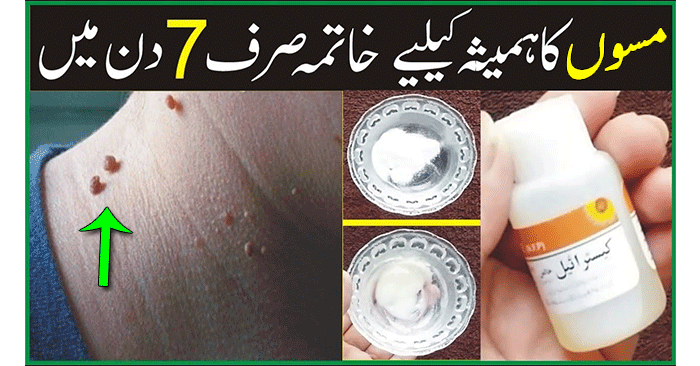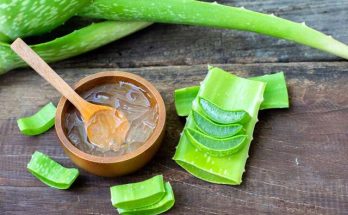
London: Freckles are small, harmless marks that appear on the skin. Genetics and sun exposure are the primary causes of freckles. They’re brown because of melanin that’s produced by skin cells that have been exposed to ultraviolet light, usually in the summer. The pigment production increases during sunny seasons and decreases as days become more overcast, which is why you might notice freckles fading during winter. Some people are more likely to get freckles than others, depending on their genes and skin type.
If a person is genetically more likely to develop freckles, exposure to sunlight can make them appear. Freckles are common in children and may disappear or become less noticeable as they grow up. In this article, we look at what causes freckles. How to distinguish them from other similar marks, ways to remove or lighten them, and when to see a doctor or a skin doctor called a dermatologist.
Freckles Causes and Treatment
What causes freckles?
Freckles appear when melanin, the pigment that gives skin its color, builds up under the skin. Freckles may look brown, red, or tan. Sun exposure and genetic factors make some people more likely to develop freckles:
A person’s skin cells produce extra melanin to protect the skin from sun damage. This is why freckles tend to appear after sun exposure.
Freckles can appear over a large area of skin and can reappear or become darker in the summer months. Freckles often fade or disappear in the winter months, when new skin cells replace old cells.
Genetics:
Genetics also plays a leading role in who is more likely to develop freckles based on which type of melanin their body produces.
The body can produce two types of melanin called pheomelanin and eumelanin. Eumelanin protects the skin from UV rays, but pheomelanin does not.
Freckles are harmless marks on the skin caused by genetics and exposure to sunlight. If people have freckles, they will need to take extra care of their skin in the sun.
If people have any concerns about any new marks or changes to their skin, they should see a doctor or dermatologist who can check the skin for anything unusual.
Home remedies:
Some people find that certain natural products can lighten their freckles, although these methods are not scientifically proven.
Lemons:
Apply a small amount of lemon juice to cotton wool and wipe over the skin. The Vitamin C in the lemon juice may help to lighten dark spots, although it is unlikely to be a high enough concentration to make a dramatic difference.
Honey:
Spread a thin layer of honey onto the skin. Leave it for 5 to 10 minutes, then wash off with warm water. Honey has antioxidant properties, which may help to lighten freckles over time.
Aloe vera:
Aloe vera contains salicylic acid and aloin. This may help to fade freckles. Use aloe vera from the leaf and apply it to the skin.
Prevention:
Not all brown marks on the skin can be prevented. Careful sun protection will reduce the number of new solar lentigines. Staying out of the sun and using sun-protective clothing is much more effective than using sunscreens alone. Sunscreens must have a high sun-protection factor (SPF 50+) and good broad-spectrum cover, and they should be applied liberally and frequently.
Using these natural products on your skin is unlikely to cause any side effects, but it is best to do a patch test on a small area of skin first. If it causes any skin irritation, stop using the product. (medicalnewstoday)









